What's a bridge? What's a headstock? What do we mean by a 'cutaway'? All the parts of a guitar explained
We walk you through the different parts of the main electric guitar types, from Stratocaster to Les Paul
Understanding all the guitar’s parts can be confusing. They sometimes have names you wouldn’t hear anywhere else, so guitar websites can feel like reading a foreign language at first.
If you’re new to the guitar or if you just never learned to tell your tuners from your tone controls, Guitar World has you covered.
Fortunately, all electric guitars have the same fundamental anatomy. There are variations, of course, but all guitars work similarly and have the same basic parts.
With our guide, you’ll learn all the common parts of the guitar and what they do. Easy!
Headstock
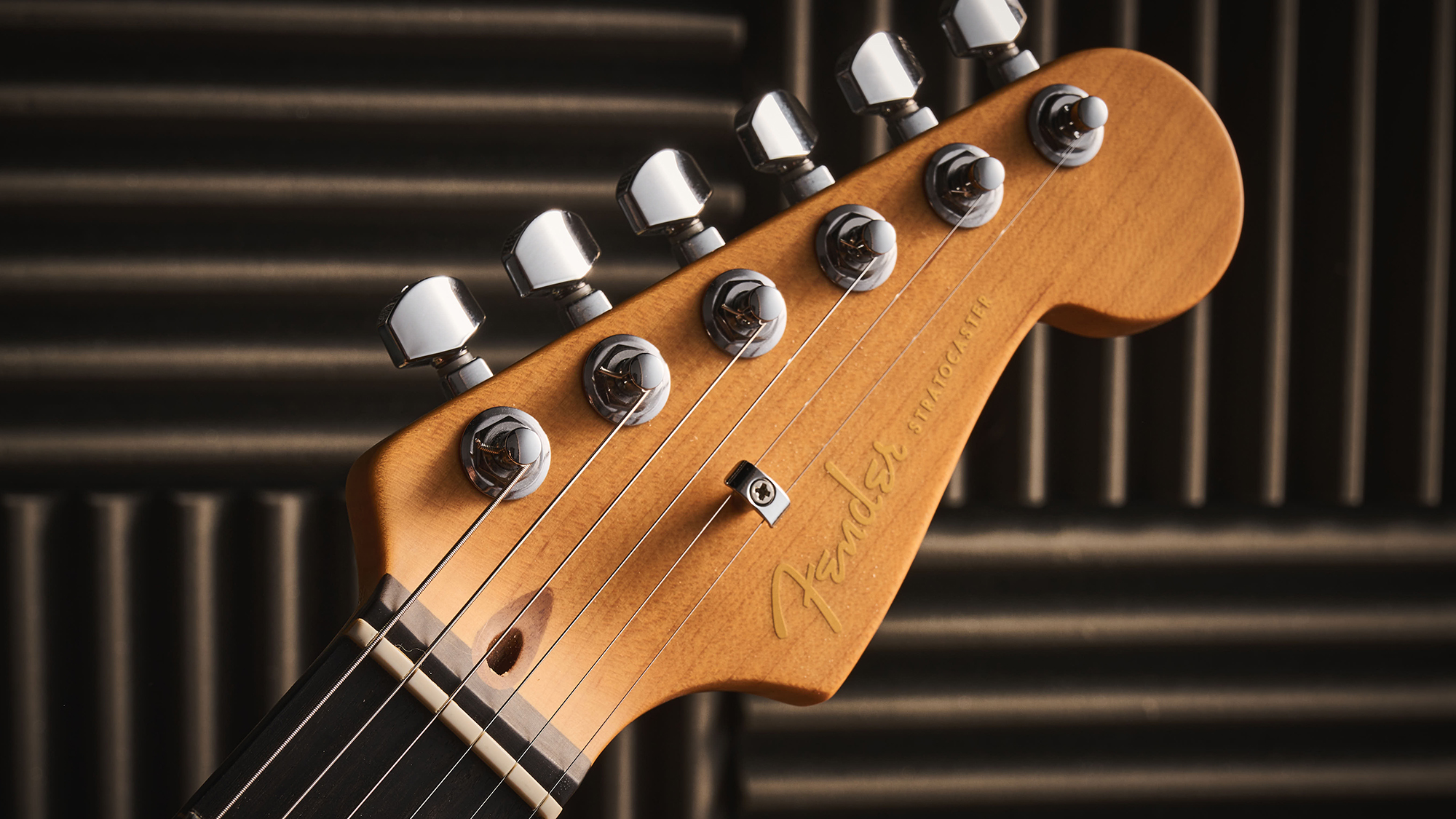

Beyond providing a home for the manufacturer’s logo, the headstock is where you’ll find the tuners.
Fender places all six tuners on the same side of the headstock on its Telecaster and Stratocaster models. Other designs (such as Gibson's Les Paul models) have three tuners on each side.
Body
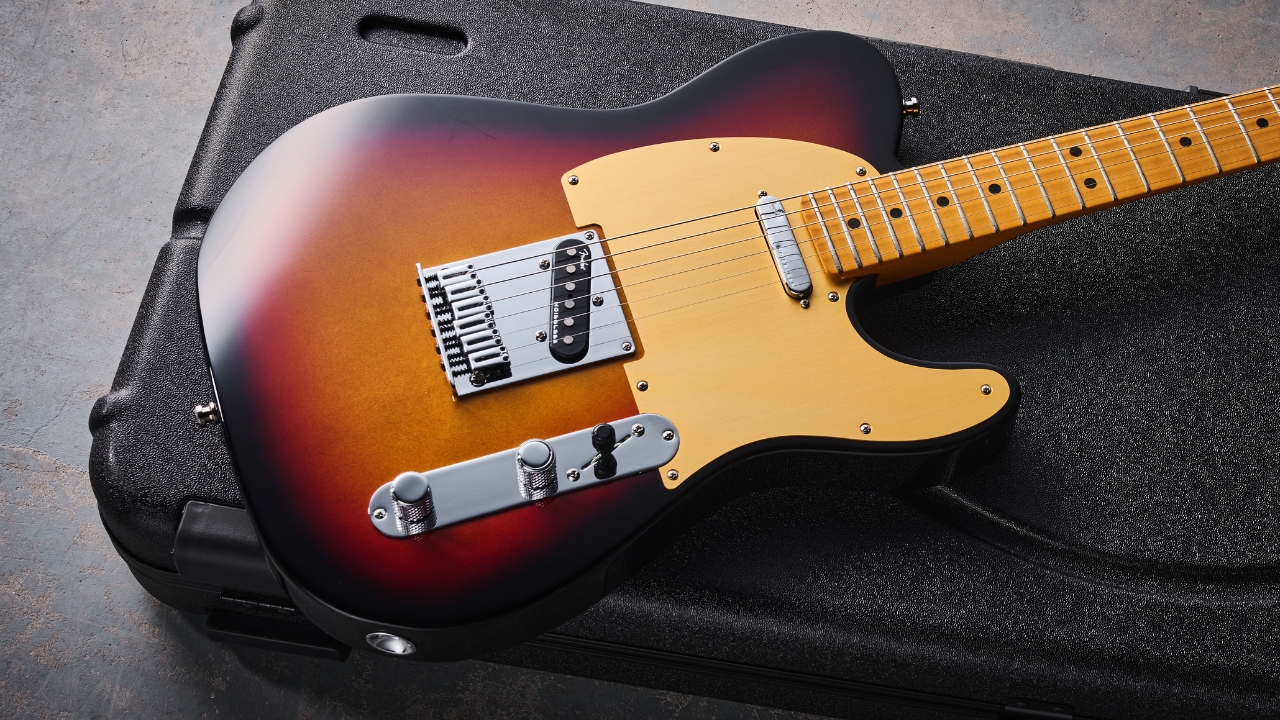
The body is home to most of the hardware and electronics. The most common woods used are ash, alder, mahogany and maple.
On some guitars, such as Telecasters, the strings are threaded through the body, known as a ‘string-through’ body.
The body may be home to a pickguard (sometimes called a ‘scratchplate’), a cosmetic addition usually made of plastic.
Electric guitar bodies have cutaways to allow access to the highest frets.
The Stratocaster and the PRS Custom are double-cutaway bodies, while the Les Paul and Telecaster are single-cuts.
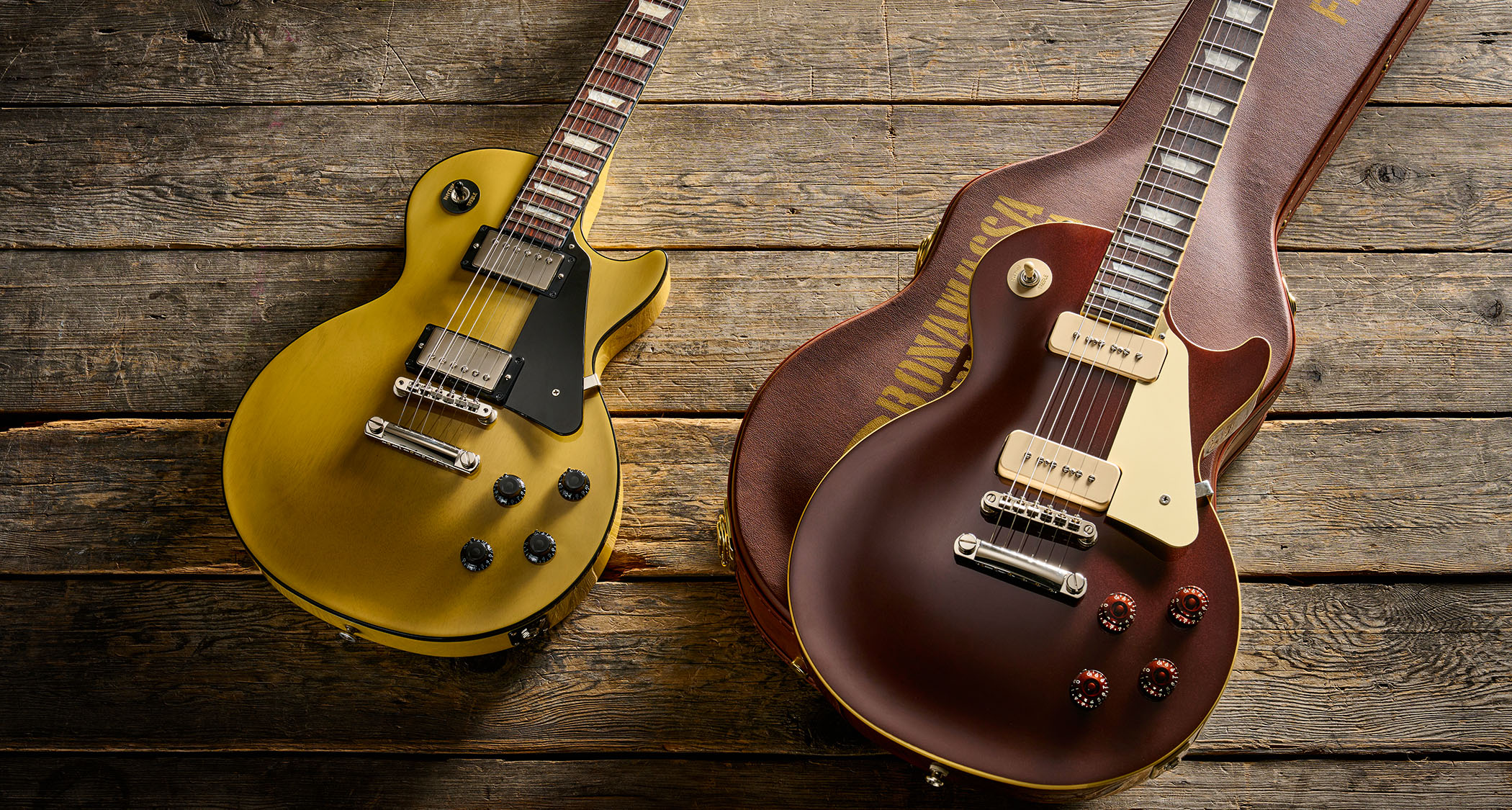
Bridge
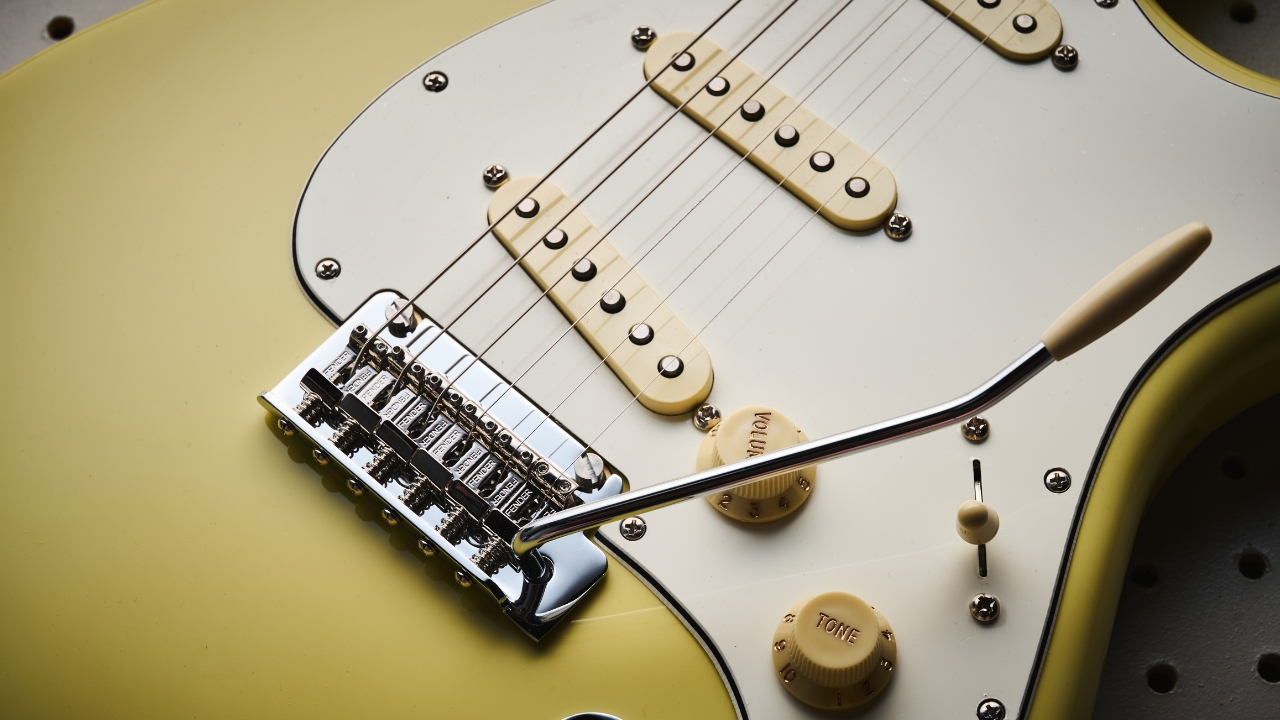
Bridges have two main types: fixed bridges, which don’t move, and tremolos (aka vibratos).
Tremolos allow you to lower and (sometimes) raise the pitch of the strings by pressing down or pulling up on the tremolo arm (or whammy bar). The strings travel over bridge saddles, which control the height and intonation (fine tuning) of each string.
Some fixed bridges, like the one on our Les Paul, feature a separate tailpiece, which anchors the strings.
Pickups
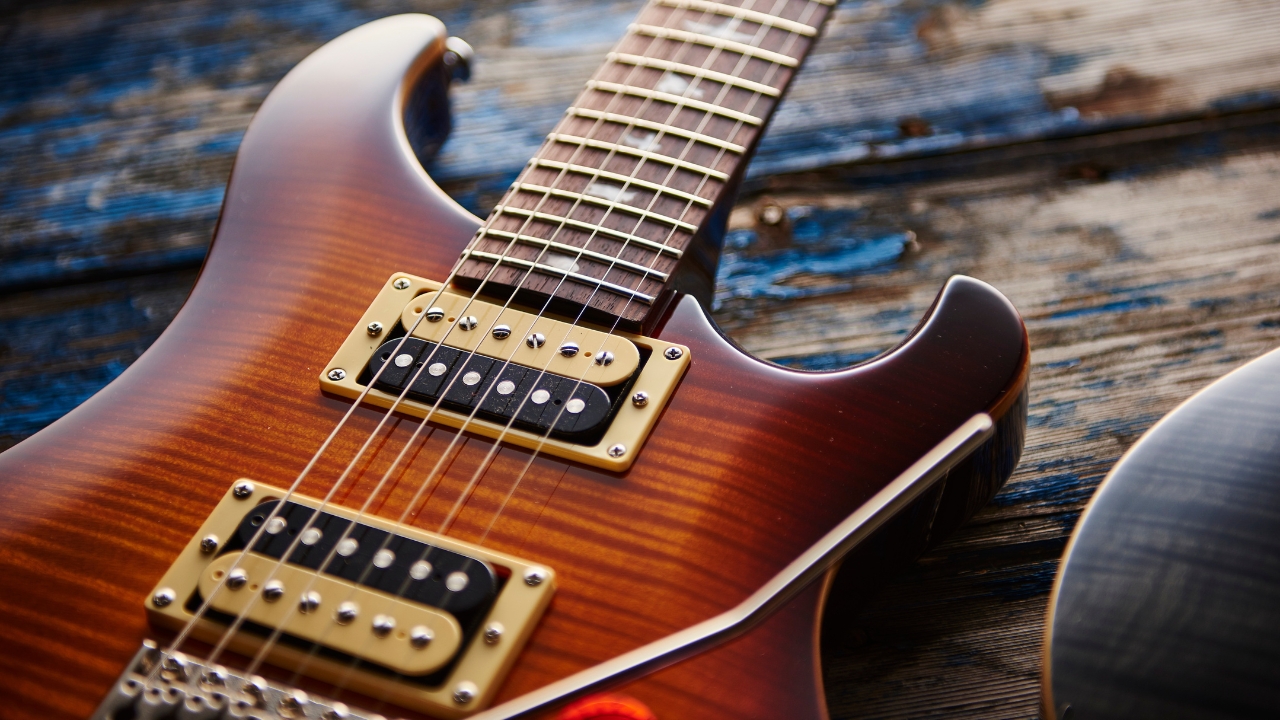
The pickups convert string vibrations into electrical signals to send to an amplifier.
The pickup closest to the bridge (the ‘bridge pickup’), has a brighter, sharper sound, while the neck pickup has a warmer, rounder tone.
The most common types of pickups are single coils, seen on the Telecaster and Stratocaster in our video, and humbuckers, seen on the Les Paul and PRS.
Single coils are generally thinner, brighter-sounding, and produce less output than humbuckers. However, they can be susceptible to hum.
Humbuckers don't really produce noise, and this is where their name comes from – they cancel out or 'buck' the hum.
Controls
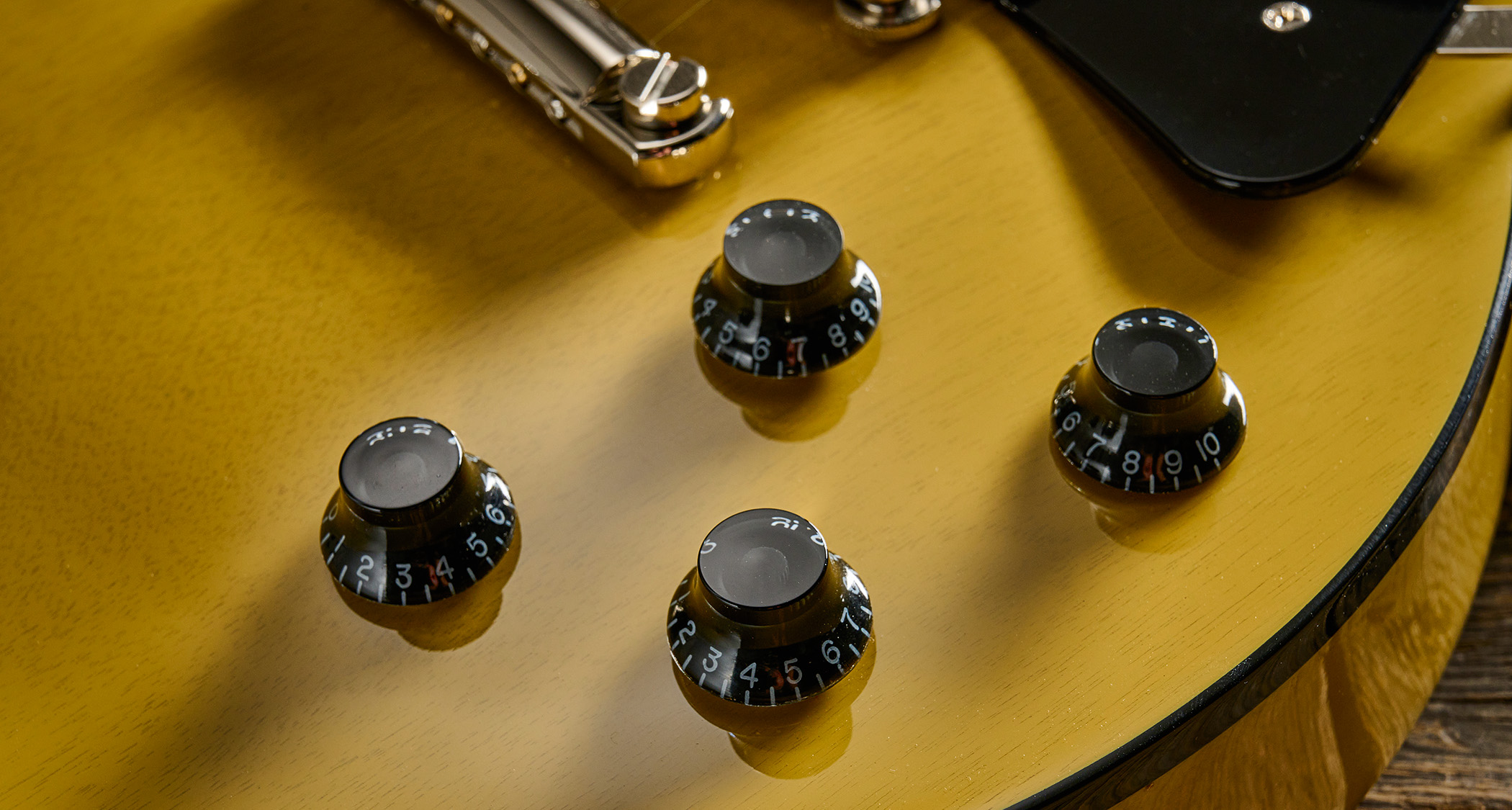
The controls on most guitars are volume and tone, alongside a pickup selector. Volume and tone may be master controls, affecting every pickup on the guitar, or may control individual pickups.
The volume control affects the output signal of the guitar, while the tone control adjusts the amount of treble frequency sent to the amplifier.
The pickup selector allows the player to select the pickups individually or in combinations.
Output jack
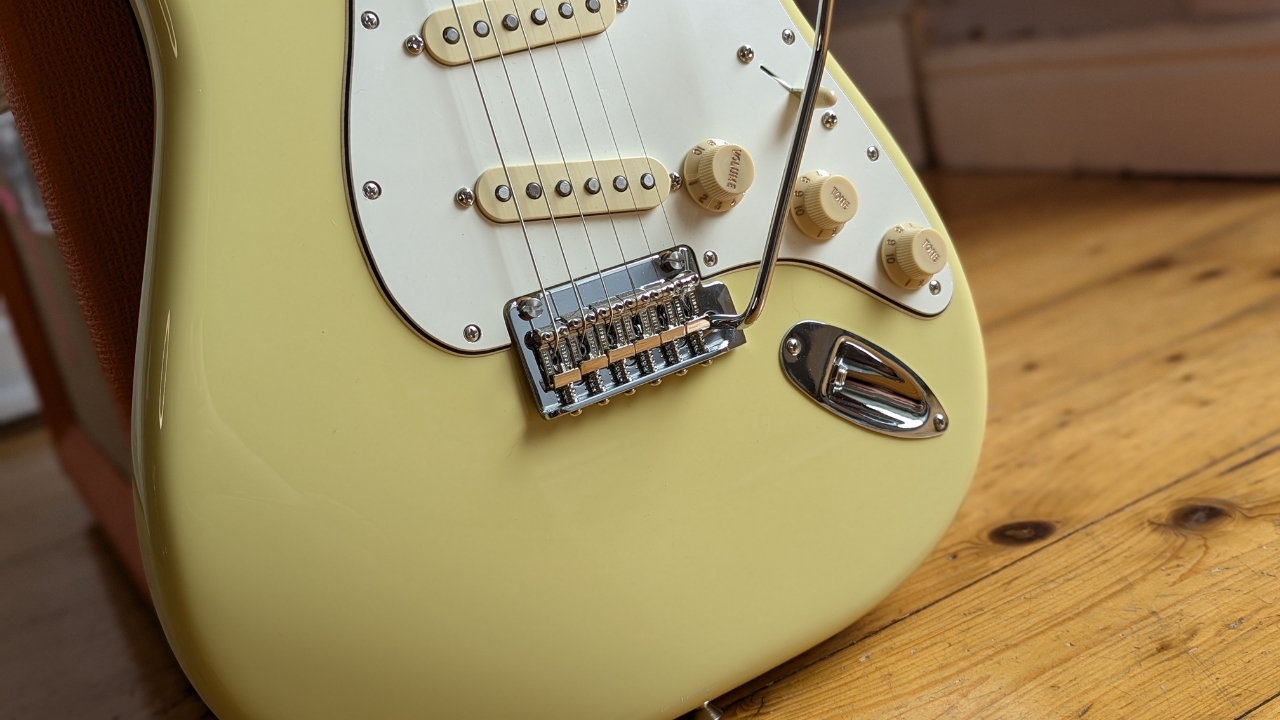
This is the guitar's signal output, sending the sound of the instrument to your amplifier or possibly into some effect pedals if you use them. Electric guitars use 6.35mm (1/4 inch) 'jack' cables.
Neck
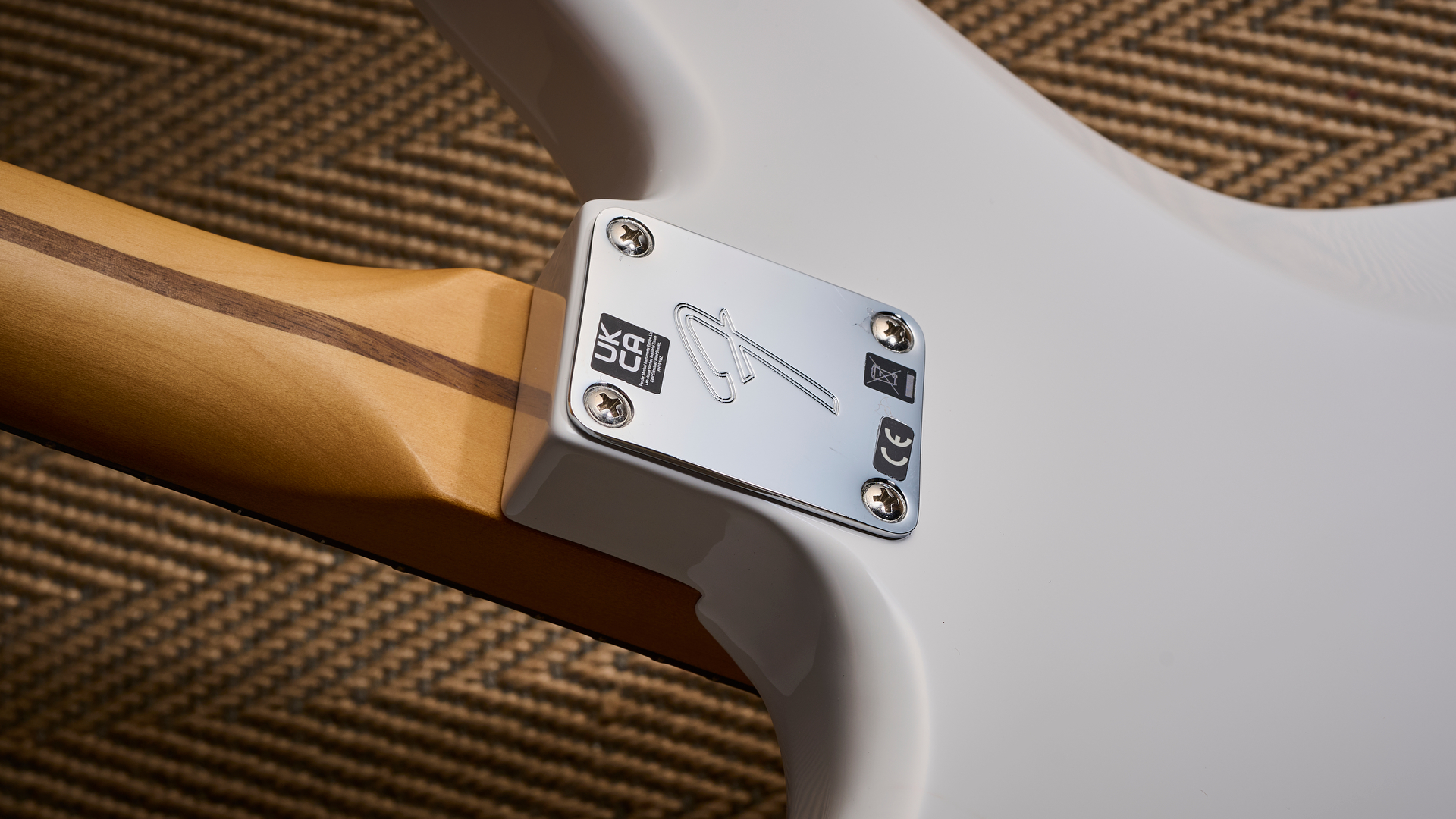
Necks are usually either bolt-on (screwed to the body) or set necks (permanently glued to the body). The most common neck woods are maple and mahogany.
The neck usually contains a truss rod. This metal bar runs through the inside of the neck, preventing the wood from warping and allowing the neck’s straightness to be adjusted for playability.
Necks usually have a separate fingerboard (see below) but some vintage designs have necks and fingerboards crafted from a single piece of maple.
Fingerboard
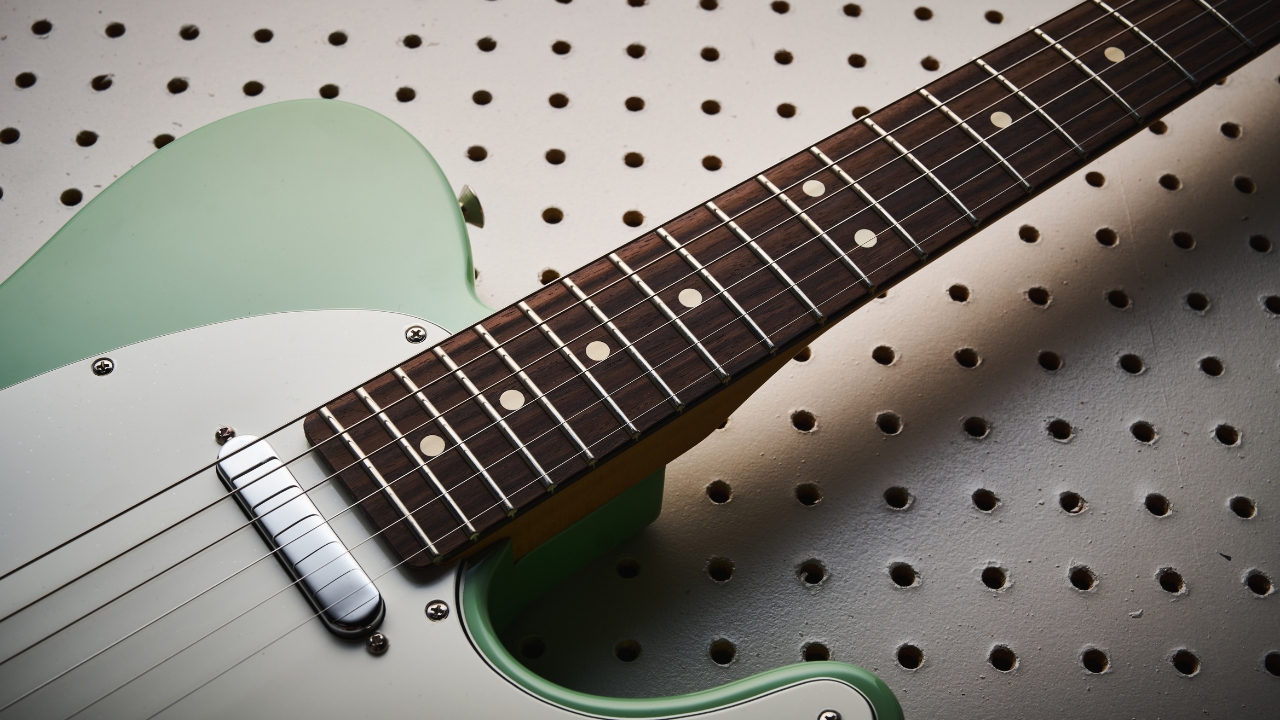
Fingerboards are traditionally made of rosewood, maple or ebony, but more sustainable options like laurel and pau ferro are increasingly common.
The fingerboard hosts the frets, the strips of metal that allow you to play notes accurately.
Also on the fingerboard are inlays, decorative markers that help you find your position. Inlays are usually positioned at the 3rd, 5th, 7th, and 9th frets, with a double inlay for the all-important 12th fret which marks the octave above the open string notes.
Scale length
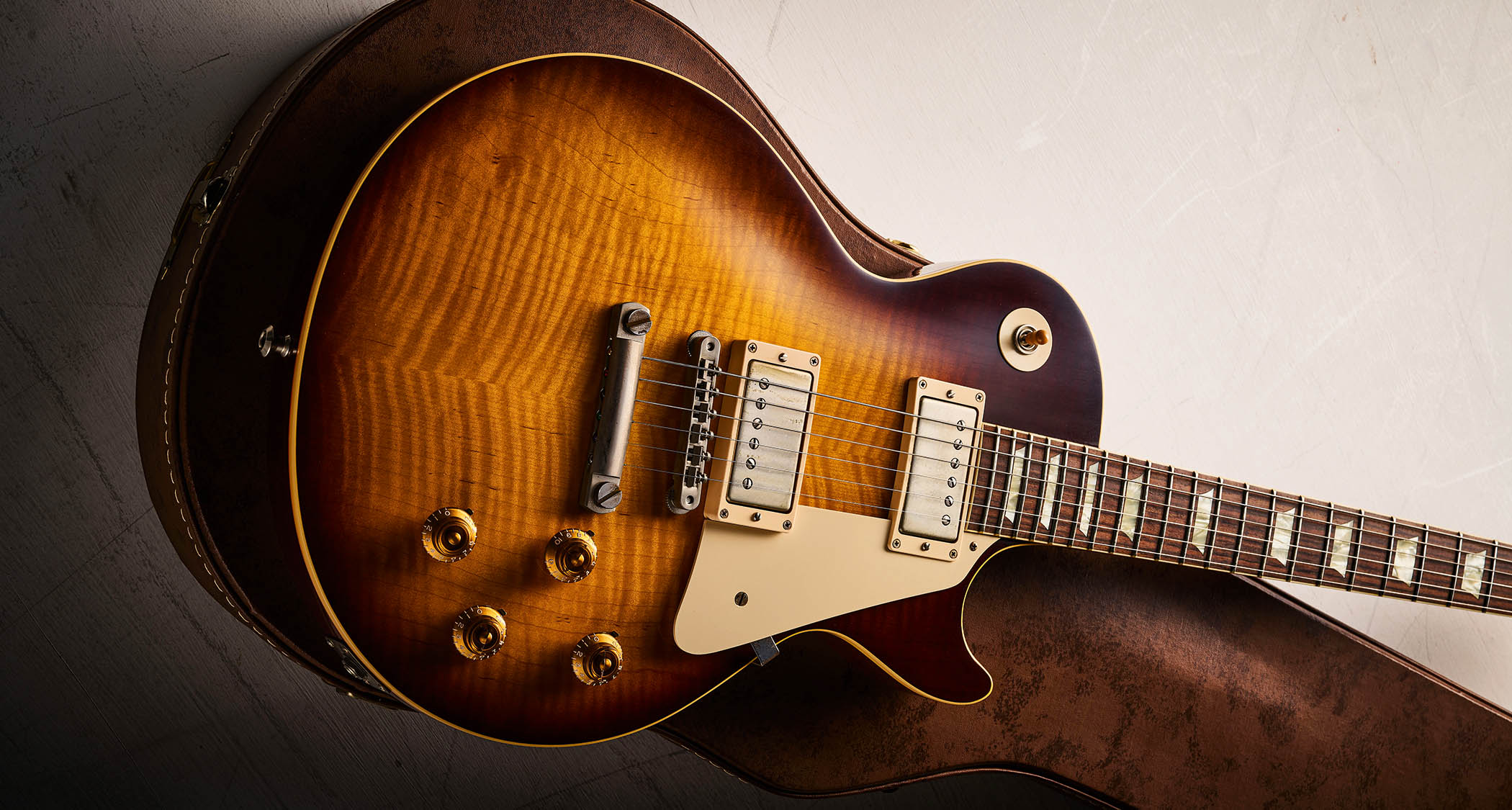
Scale length is the distance from the bridge to the nut, and also affects how close the frets are together. Common scale lengths are 24.75” (seen here on the Les Paul), 25” (the PRS) and 25.5” (the Stratocaster and Telecaster).
Very generally, shorter scales have a darker, fatter sound whereas longer scales have a brighter, snappier tone. More important is that shorter scales have less string tension, which contributes to the 'feel' when you play.
Get The Pick Newsletter
All the latest guitar news, interviews, lessons, reviews, deals and more, direct to your inbox!
Jenna writes for Total Guitar and Guitar World, and is the former classic rock columnist for Guitar Techniques. She studied with Guthrie Govan at BIMM, and has taught guitar for 15 years. She's toured in 10 countries and played on a Top 10 album (in Sweden).
You must confirm your public display name before commenting
Please logout and then login again, you will then be prompted to enter your display name.
“I’ve seen firsthand how technology and innovation have reshaped the six-string landscape”: 5 reasons why new guitar players have never had it so good
“I used to sit in the back seat of the rental car while I was on my radio tour at 16 writing songs”: Taylor Swift learned to play guitar on this acoustic – now you or a loved one can too, with $100 off her pint-sized Taylor signature for Cyber Monday


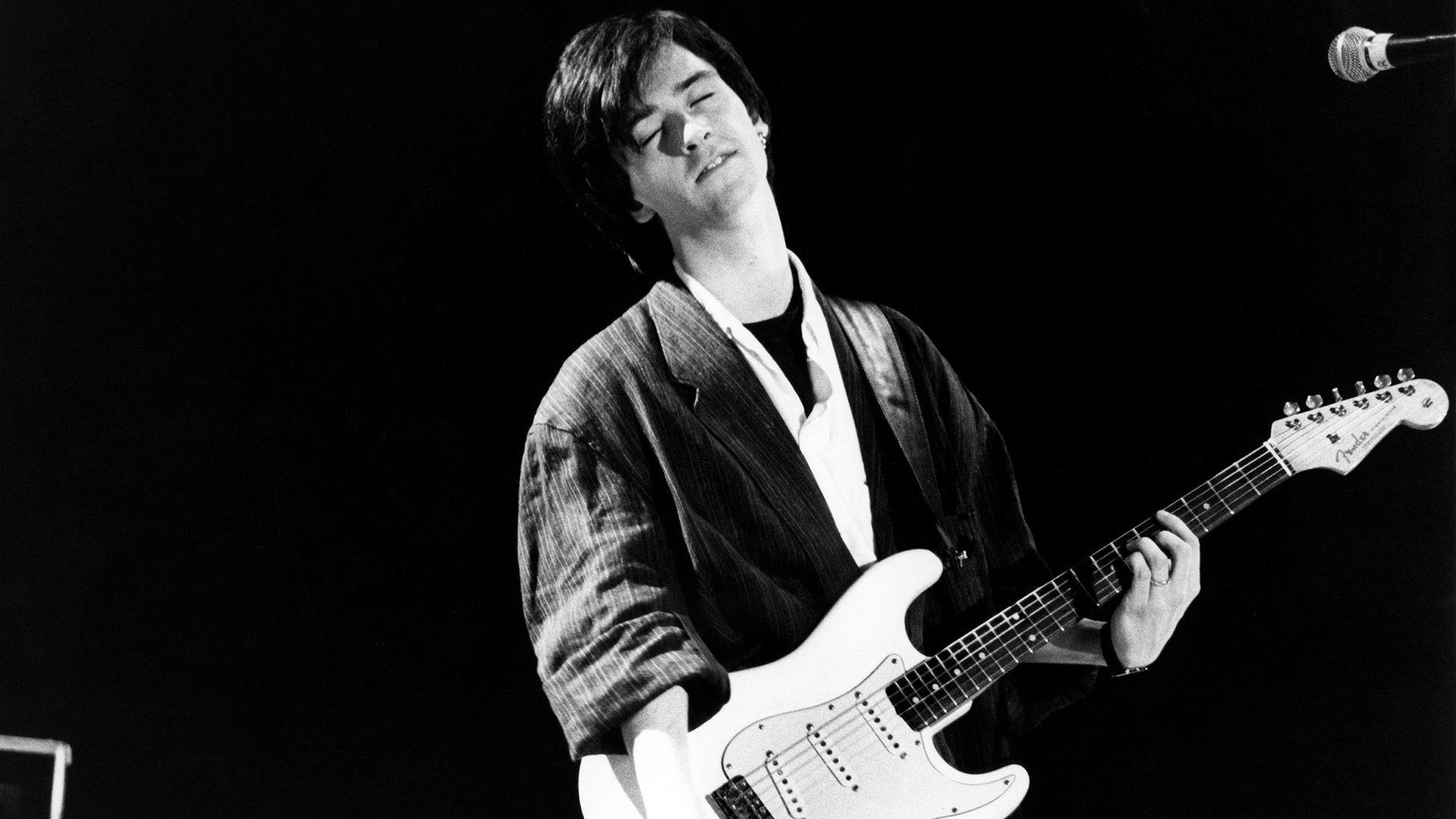







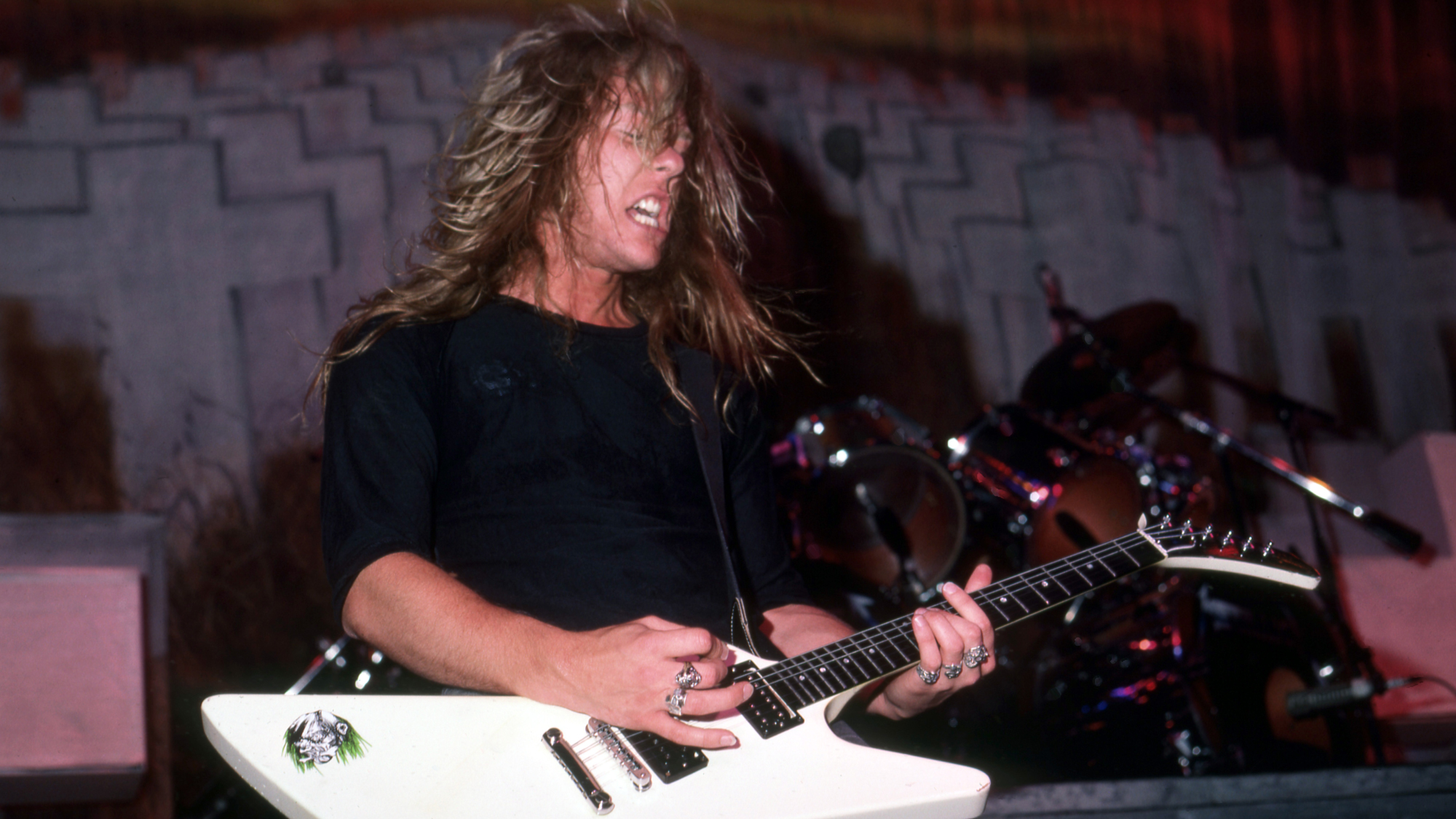
![Joe Bonamassa [left] wears a deep blue suit and polka-dotted shirt and plays his green refin Strat; the late Irish blues legend Rory Gallagher [right] screams and inflicts some punishment on his heavily worn number one Stratocaster.](https://cdn.mos.cms.futurecdn.net/cw28h7UBcTVfTLs7p7eiLe.jpg)
